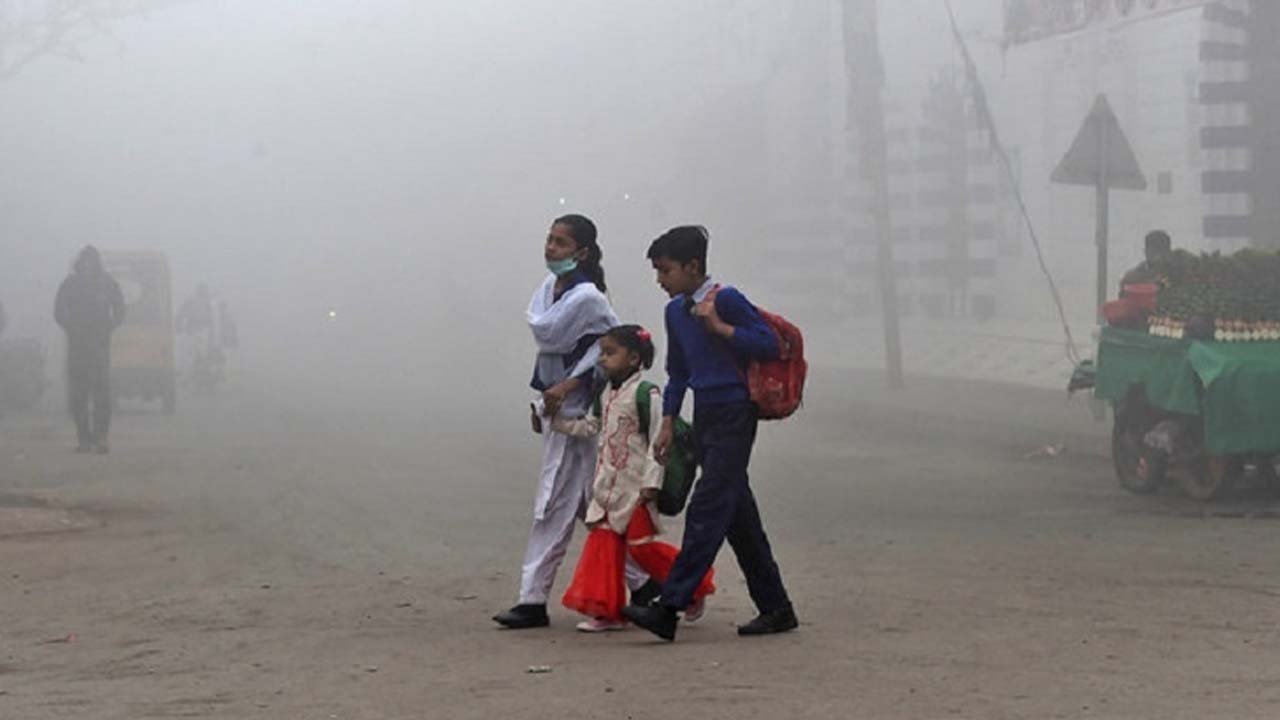Punjab Enforces Primary School Shutdown and Advocates for Smog Dialogue with India
Amidst escalating pollution levels, the Punjab government has ordered the temporary closure of all primary schools in Lahore from November 4 to 9, seeking to protect the health of young students as smog conditions worsen. Senior Provincial Minister Marriyum Aurangzeb announced the closure during a recent press conference, where she also emphasized the need for cross-border talks with India to address shared environmental concerns.
The environment department’s notification applies to public and private schools from nursery to fifth grade, acknowledging the risk posed by Lahore’s dangerously high Air Quality Index (AQI), which reached 1066. According to the minister, toxic winds blowing from Indian cities like Amritsar and Chandigarh contribute significantly to Lahore’s already high pollution levels. Aurangzeb warned that any AQI over 500 is deemed “extremely hazardous,” posing severe health risks to residents, especially children and seniors.
Targeting Local Pollution Sources and Encouraging Public Cooperation
In addition to closing schools, the Punjab government is taking decisive action against local pollution sources. Over 550 illegal brick kilns have been shut down, while farmers have received eco-friendly vehicles and funding to prevent crop-burning practices, a known contributor to air pollution. The government has also heightened surveillance of industrial and construction areas to minimize emissions. Aurangzeb stressed that public cooperation is crucial to managing the crisis, advising citizens to limit outdoor activities, wear masks, and take extra care to protect children and elderly family members.
The minister urged for a collaborative approach with India, emphasizing that smog knows no borders and can only be controlled through cooperative efforts. While Punjab takes stringent steps to mitigate pollution, she noted, dialogue with neighboring regions could help develop a broader strategy for reducing the transnational impact of smog on both sides of the border.
